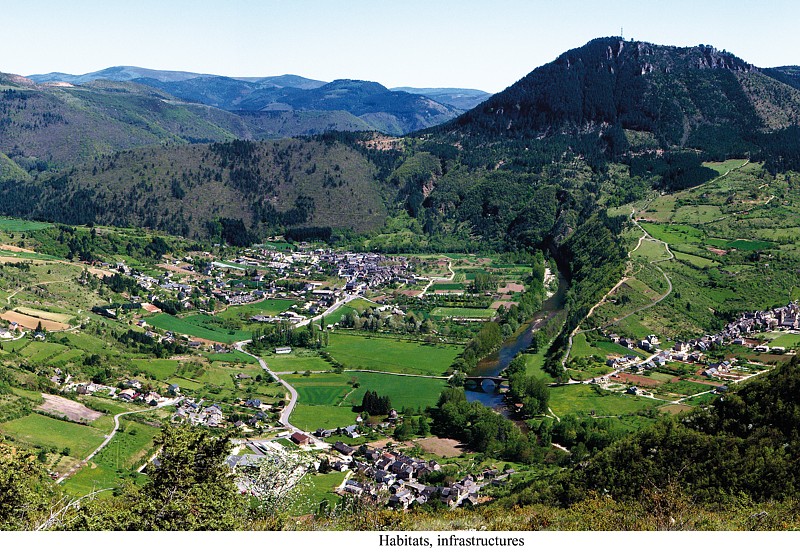
Le Single (by mountain-bike)
7 points of interest
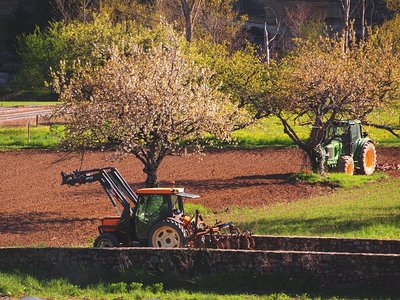
Vergers d'Ispagnac - © Francis Fayet AgricultureThe gardens of Ispagnac
Ispagnac is in the contact zone of limestone, granite and schist bedrock. The valley of Ispagnac is irrigated by the river Tarn and, being protected from the north and north-western winds, it enjoys an almost southern climate. This has earned it the nickname of “garden of the Lozère”. A market gardener and two wine-makers are based here.
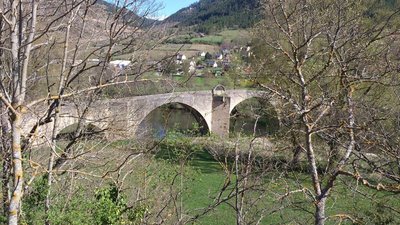
Pont de Quézac - © CC Florac Sud Lozère  Architecture
ArchitectureQuézac Bridge
This bridge crossing the river Tarn gives access to the village of Quézac, located on the left bank. Around 1350, Pope Urban V decided to fund its construction to facilitate pilgrims' access to the collegiate church of Notre-Dame de Quézac. It was finished in the 15th century. Its history is punctuated by partial destruction in floods, and by more or less solid rebuilding. It became a listed monument on 27 August 1931.
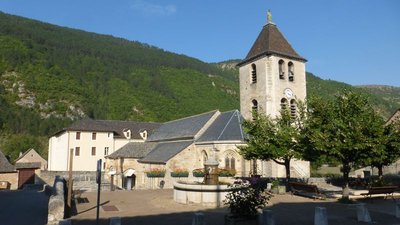
Notre-dame de Quézac - © Nathalie Thomas  History
HistoryNotre-Dame de Quézac
The collegiate church of Quézac – today Notre-Dame church – was fortified in the 14th century at the instigation of Pope Urban V. The first building is believed to have been erected in 1052 in honour of Our Lady of Quézac. Legend has it that a ploughman found a black Virgin while ploughing a furrow, which he brought into the church. However, it disappeared during the night, and the next day was found again in the furrow. The decision was taken to build an oratory on the spot chosen by the Virgin, and soon large numbers of pilgrims on their way to Santiago de Compostella visited Quézac. Today, a stained-glass window illustrates the dedication of the collegiate church to Our Lady.
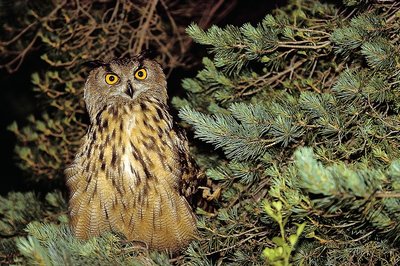
Hibou Grand-duc - © Jean Pierre Malafosse  Fauna
FaunaEurasian eagle-owl
This bird of prey is the largest nocturnal bird. Its ideal habitat is a mosaic of vegetation and topography that provides at once an abundance of prey, good hunting conditions, many places to rest during the day, and possible nesting-sites. This species tends to be faithful to one reproduction site for several years. The eagle-owl is very sensitive to disturbances and to changes to the immediate surroundings of its site. It is a protected species.
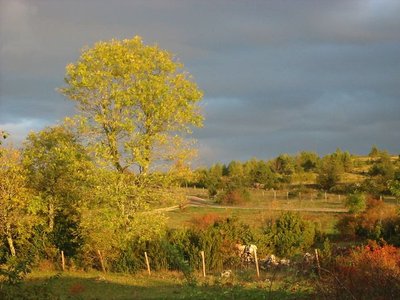
Vue depuis le Tomple - © Virginie Boucher  Architecture
ArchitectureLe Tomple
The houses in this hamlet (altitude 976 m) have been built from limestone blocks using a lime mortar. Some have been rendered. Such construction methods are characteristic for traditional architecture. The stones for building came from the plateau's quarries. The lack of wood forced builders to do without: no timber roof structures, just a stone vault covered by lauzes (flat stones). Traditionally made from limestone, these lauzes started to be replaced by schist lauzes a few years ago. These techniques mean that Causse houses are solidly built, with only small openings.

 Landscape
LandscapeMont Lozère
From the plateau, you can see all of Mont Lozère. At 1,699 m, the Pic de Finiels is the department's highest point. Mont Lozère stretches for some thirty kilometres, west-east from the Causse de Sauveterre to Villefort, and south-north from Le Pont de Montvert to Le Bleymard. It is an exclusively granite massif, on which the river Tarn has its spring.
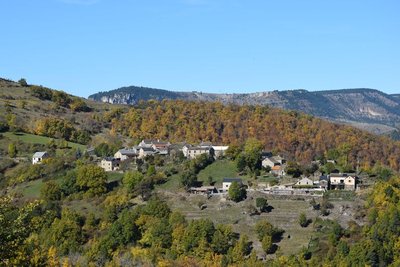
Vue de Monteils depuis Gralhon - © com com Florac Sud Lozère  History
HistoryBrutus Cazal, poet and committed citizen.
Monteils is the hamlet in which Louis Brutus Cazal was born and died. He was one of those primary school teachers who were nicknamed “black ravens of the Republic”. He called his daughters Léa Fraternité and Léa Liberté to express his republican sentiments, which were common to many Protestant families at the time. A poet and defender of the Occitan language, he wrote a collection of poems entitled Les Lozériens. From 1925 on, he devoted himself to tourism in the Cévennes and founded the Club Cévenol. His son, Aimé Cazal, laid out two important tourist sites: Bramabiau chasm and Dargilan cave.
Description
Mountain-bike route #5. Quite smooth despite a descent on a single-lane and stony path. From Ispagnac, cycle to Quézac via the town gardens. Then climb to Javillet and continue on the forestry track to reach Le Tomple. Take the lane on the left (do not go through the hamlet) that joins up with the D 16 road. Go downhill on a stony single-track path to reach a track that leads to Monteils. Go downhill towards Salièges; turn left before you arrive at Salièges and take the path towards Fayet. Bike along the Tarn on this track to Fayet, Bieissette and then Ispagnac.
- Departure : Ispagnac
- Arrival : Ispagnac
- Towns crossed : Ispagnac, Gorges du Tarn Causses, and Florac Trois Rivières
Forecast
Altimetric profile
Recommandations
No cycling off-track. You are strongly advised to wear a helmet. Do not forget your repair kit and a small set of tools. Shut all gates and barriers after yourself. Slow down in farms and hamlets.
Information desks
Tourism office Cévennes Gorges du Tarn, Ispagnac
Place de l'Église, 48320 Ispagnac
This office is part of the National Park's associated tourist-information network, whose mission is to provide information on, and raise awareness of, the sites and events as well as the rules that must be observed in the National Park's central zone.
Open year-round
Transport
- Bus line 258 “Florac – Sainte-Enimie – Le Rozier”, every day in July and August.
Access and parking
From Florac, take the N 106 towards Mende, then the D 907bis (Gorges du Tarn) towards Ispagnac (car park opposite the pharmacy)
Parking :
Calculateur d'itinéraire Lio
Utilisez le calculateur liO pour organiser votre trajet en région Occitanie.
Autres régions
Calculez votre itinéraire en Auvergne Rhône Alpes sur Oùra
Biodiversité autour de l'itinéraire
Source
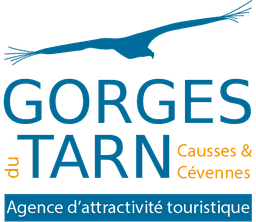

Report a problem or an error
If you have found an error on this page or if you have noticed any problems during your hike, please report them to us here:

